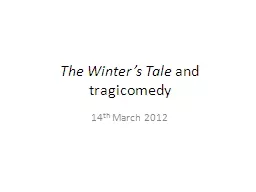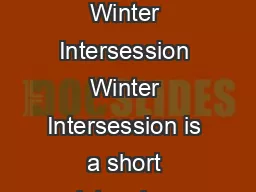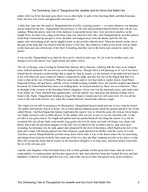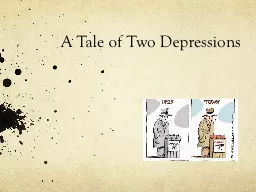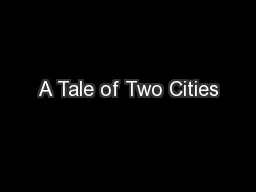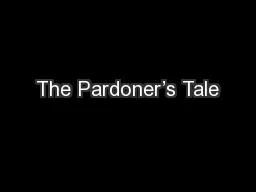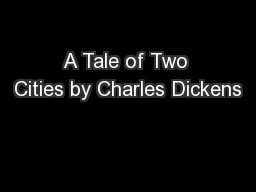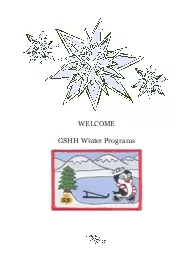PPT-The Winter’s Tale and tragicomedy
Author : tawny-fly | Published Date : 2018-10-25
14 th March 2012 The most precisely identifiable device of stage illusion appears when the old shepherd says to the young shepherd thou metst with things dying
Presentation Embed Code
Download Presentation
Download Presentation The PPT/PDF document "The Winter’s Tale and tragicomedy" is the property of its rightful owner. Permission is granted to download and print the materials on this website for personal, non-commercial use only, and to display it on your personal computer provided you do not modify the materials and that you retain all copyright notices contained in the materials. By downloading content from our website, you accept the terms of this agreement.
The Winter’s Tale and tragicomedy: Transcript
Download Rules Of Document
"The Winter’s Tale and tragicomedy"The content belongs to its owner. You may download and print it for personal use, without modification, and keep all copyright notices. By downloading, you agree to these terms.
Related Documents

